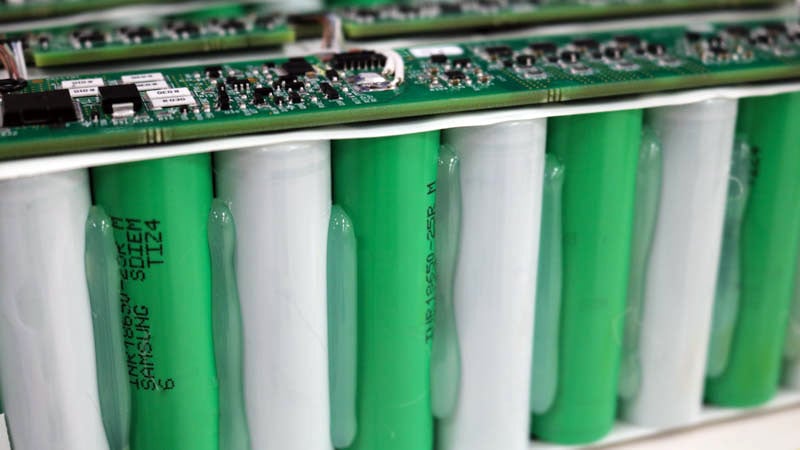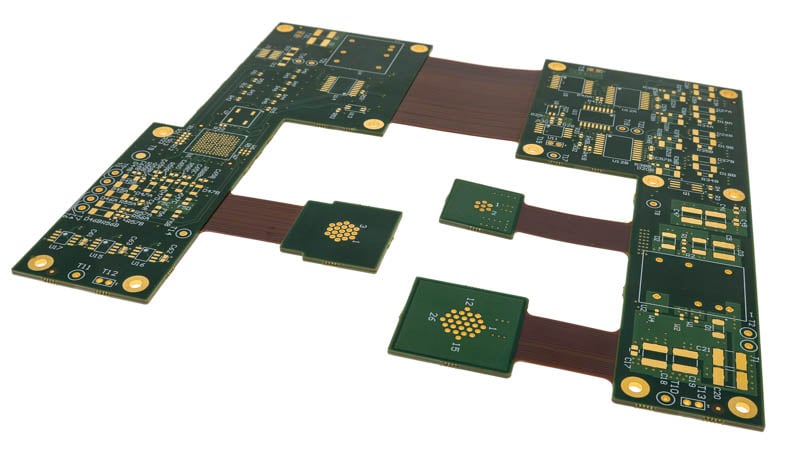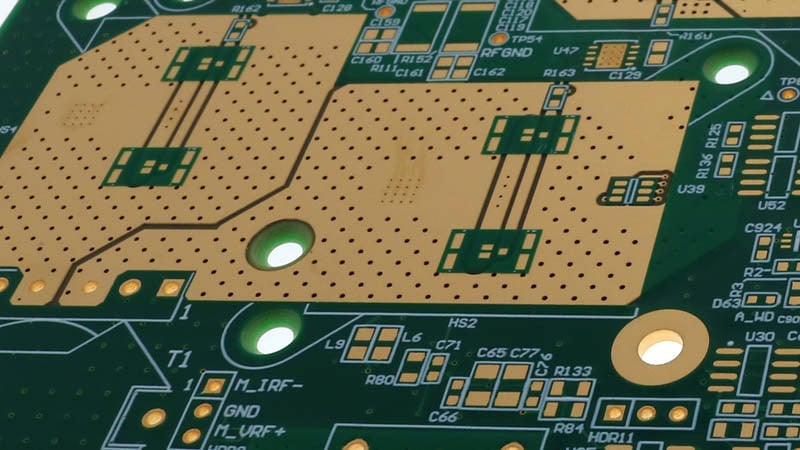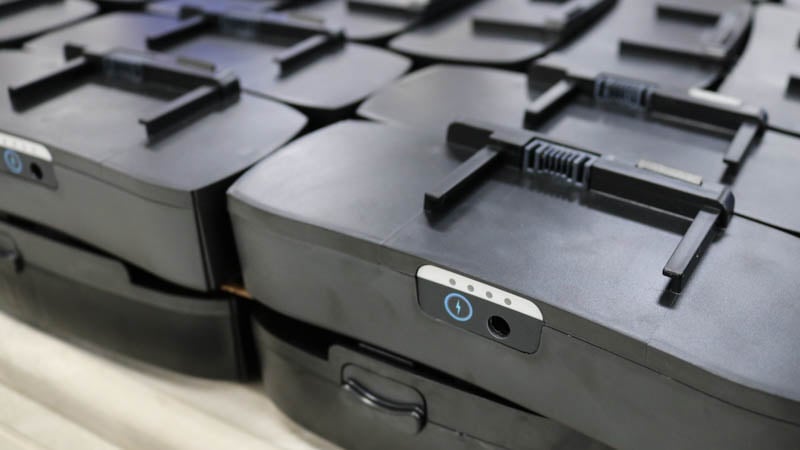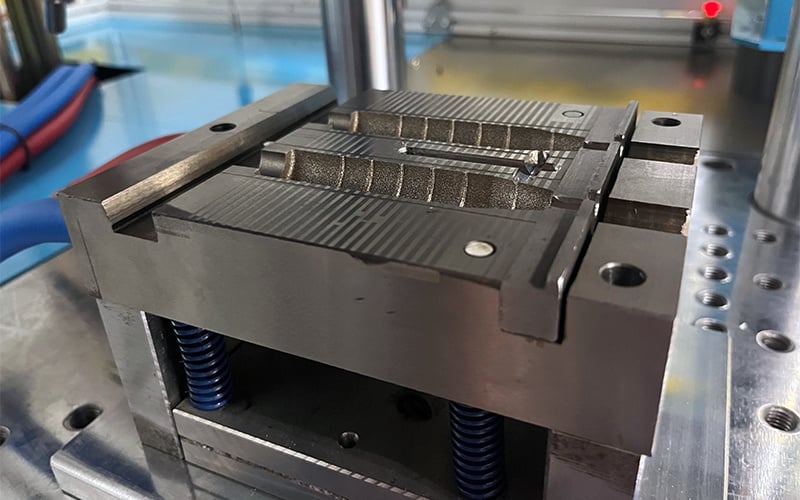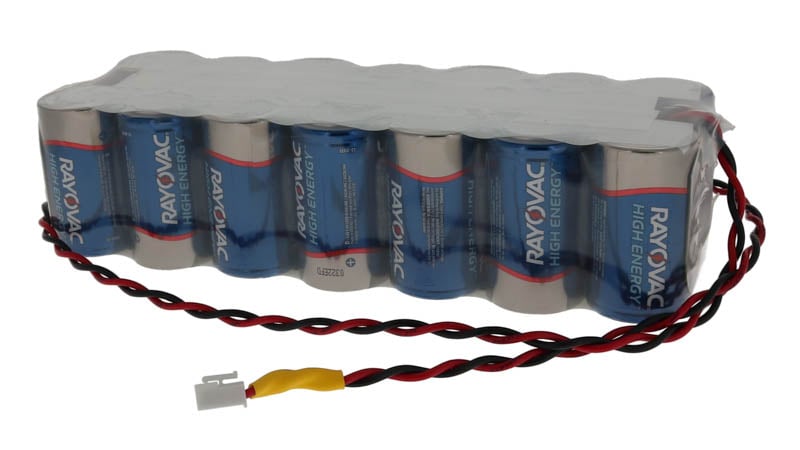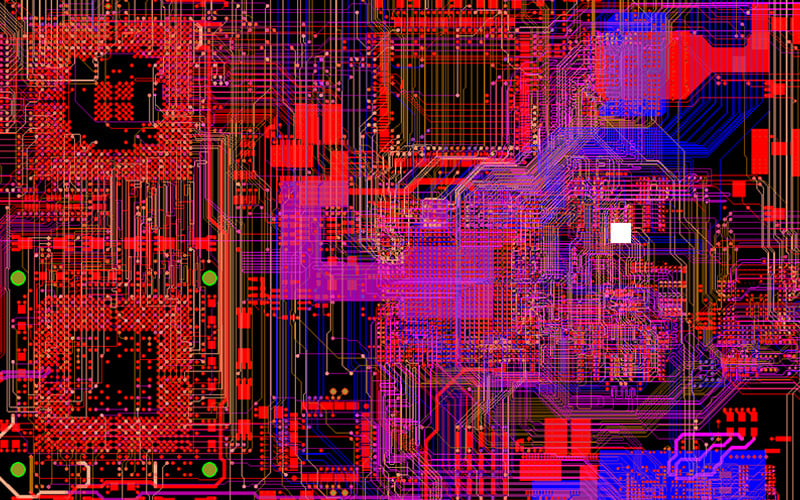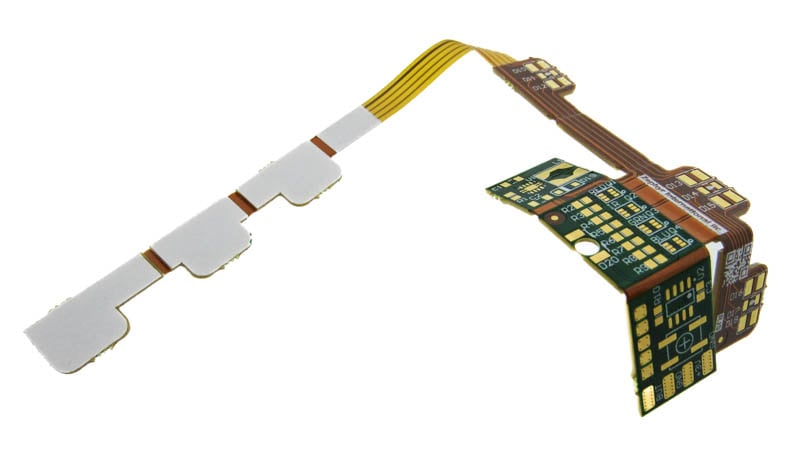Devices that rely on lithium-based battery cells to operate will have battery management systems (BMS) installed into the packs. The BMS is designed to monitor the characteristics of the battery infrastructure to ensure safe operation.
Prototyping your new rigid-flex PCB design is critical. It’s best to test your design, ensure everything fits, and look for obvious issues before jumping into full-scale production. As necessary as this step is, it also comes with a cost that can be tough to justify to stakeholders and decision-makers.
Multiconductor cables are among the most common types of wire harnesses used today for their high reliability and versatility. They are highly sought after because manufacturers can completely customize the wire cross-section, serving all industries and applications. Multiconductor cables are used everywhere, including USB cables, automotive harnesses, printer cables, electrical vehicle charging stations, x-ray machines, and so on.
When it comes to high-power printed circuit boards (PCBs), they require more of what we have been talking about. High-power PCBs are what is in their name, meaning they require more current than standard PCBs.
Technologies are becoming lightweight and smaller to allow for portability. From drones, laptops, and phones to power tools and medical devices, these applications require a high amount of power to function and a battery that guarantees long run times and safety.
In today's global electronics landscape, sourcing challenges are more than just a procurement problem, they’re a risk to production timelines, quality, and long-term customer satisfaction. Cable assemblies, which often require precision tooling, are especially vulnerable when changes in your supply chain force a transition to a new manufacturing partner.
When designing a product, the focus is often spent on the functionality of the device. For most instrument-measuring devices, most of the focus is spent on the sensors themselves and the data capture that will occur during their use. Often factors such as power delivery are left in theory until it’s time to finish the design of the product.
Although it may not feel like it, the PCB manufacturing industry is approaching its 100th anniversary – a remarkable milestone. It’s hard for me to believe, especially having spent 40 years in the business myself. The idea of reaching a century of innovation in this field once seemed impossible. It almost feels like we should begin the story with, “A long time ago, in the 1930s,” when PCBs first came to light during WWII. Yet here we are, on the brink of celebrating this incredible achievement.
At the conclusion of our webinar, PCB Design: Top Factors Related to Data Routing and Layout, several questions were submitted to our presenter, Angie Brown, Product Manager of Printed Circuit Boards at Epec. We have compiled these questions into a readable format on our blog.
In a flex or rigid-flex PCB construction, many elements have to be considered that can be seen as important to the overall design such as copper weight, layer count, and many other things. However, among all the portions of a design, the one that usually gets forgotten is what bonds and holds it all together, the adhesives and pre-pregs that serve to bond the stack-up.


